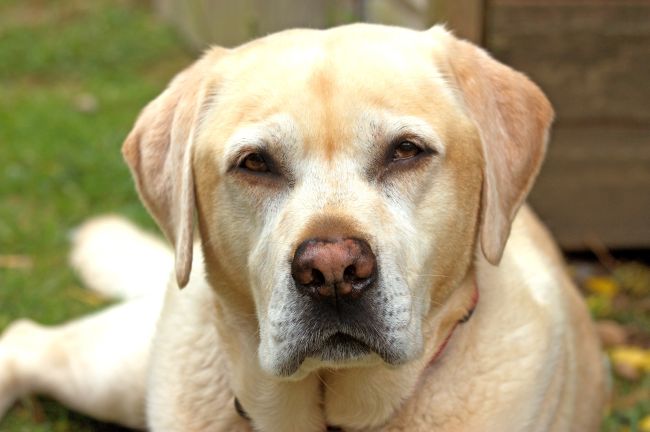
Dog-owners might automatically assume that a pigment change in their pup’s nose means nothing more than the fact that Fido has been snout- deep in dirt again, digging in the back yard. While your dog may indeed take a delight in fresh soil, there are several other explanations as to why canine noses can change colors. Take a glance below for a better understanding of what can cause this bizarre phenomenon.
Why Noses Change Colors
Like the human finger print, no two dog noses are exactly alike. Depending on the breed, life circumstances and experiences of each dog, the pigment in their noses might change for any of the following reasons:
- Snow Nose: Some canine noses change from black to pinkish during the coldest months of the year. The change in color is due to the enzyme tyosinase which produces the nose’s pigment, and these enzymes seem to be sensitive to cold weather. When the pigments in a dog’s nose change, it is called “snow nose” or “winter nose.” The original color of your pup’s muzzle will usually be restored again when the weather warms up.
- Diseases: Certain illnesses will cause a dog’s nose to change from black to pink, or from black to brownish/liver color. This can be caused by infections, parasites, fungi, lesions, food allergies, sun exposure, cancer, nasal diseases and autoimmune diseases such as lupus, and vitiligo, or contact dermatitis. (Vitiligo causes a dog’s skin cells to lose the ability to produce any pigment, and often inflicts Dachshunds, Dobermans, Rottweilers and Labrador retrievers.) Additionally, if a dog’s immune system is weakened by poor nutrition or food allergies, the pigment in his nose might also alter.
- Aging: A change in nose pigmentation might reflect nothing more than the natural aging process, wherein the nose can change from black to brown, or from brown to pinkish white. This will generally be accompanied by graying coats, and white hairs around the eyes, nose and face.
- Trauma: When a dog has experienced some sort of injury or scrape to the nose, or if there has been any friction or chaffing (this is where the digging comes in!), the nose may be a different color until the skin has healed completely.
- The “no reason-nose change”: In cases where there is no decrease in temperature and no link to any disease, veterinarians refer to this as a “Dudley Nose” when the color has changed without apparent cause.
If the pigment alters suddenly, there may be concerning medical issue to be treated; but in most cases the pigment change on a nose reflects nothing more than changing seasons and cooling climes.
Breeds Likely to Have “Snow Nose”:
Though pigment alteration can be the result of numerous causes, snow nose most often occurs in the following breeds.
- German Shepherds
- Siberian Huskies
- Golden Retrievers
- Labrador Retrievers
- Bernese Mountain Dogs
Breeds Likely to Have “Dudley Nose”:
- White German Shepherds
- Afghan Hound
- Doberman Pinscher
- Golden Retriever
- Irish Setter
- Poodles
- Pointers
NOTE: If you notice a drastic pigment change in your dog’s nose, but the weather is temperate, it will be worth going to the vet to make sure that no sudden disease or infection has set in.

